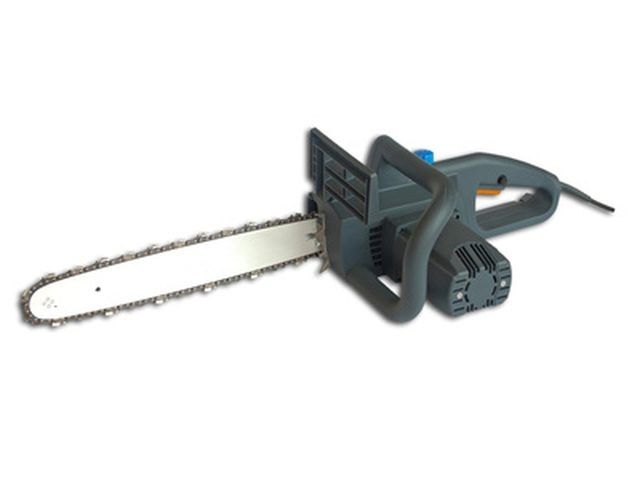Bulbs
Flower Basics
Flower Beds & Specialty Gardens
Flower Garden
Garden Furniture
Garden Gnomes
Garden Seeds
Garden Sheds
Garden Statues
Garden Tools & Supplies
Gardening Basics
Green & Organic
Groundcovers & Vines
Growing Annuals
Growing Basil
Growing Beans
Growing Berries
Growing Blueberries
Growing Cactus
Growing Corn
Growing Cotton
Growing Edibles
Growing Flowers
Growing Garlic
Growing Grapes
Growing Grass
Growing Herbs
Growing Jasmine
Growing Mint
Growing Mushrooms
Orchids
Growing Peanuts
Growing Perennials
Growing Plants
Growing Rosemary
Growing Roses
Growing Strawberries
Growing Sunflowers
Growing Thyme
Growing Tomatoes
Growing Tulips
Growing Vegetables
Herb Basics
Herb Garden
Indoor Growing
Landscaping Basics
Landscaping Patios
Landscaping Plants
Landscaping Shrubs
Landscaping Trees
Landscaping Walks & Pathways
Lawn Basics
Lawn Maintenance
Lawn Mowers
Lawn Ornaments
Lawn Planting
Lawn Tools
Outdoor Growing
Overall Landscape Planning
Pests, Weeds & Problems
Plant Basics
Rock Garden
Rose Garden
Shrubs
Soil
Specialty Gardens
Trees
Vegetable Garden
Yard Maintenance
How to Check Small Engine Compression
How to Check Small Engine Compression. Small engines require a certain amount of compression to drive the piston and turn the crankcase. Most small engines require at least 90 pounds per square inch (PSI) of compression when hot, and 100 PSI when cold. If air is leaking somewhere in the engine, you will notice a drop in compression. Symptoms of a...

Small engines require a certain amount of compression to drive the piston and turn the crankcase. Most small engines require at least 90 pounds per square inch (PSI) of compression when hot, and 100 PSI when cold. If air is leaking somewhere in the engine, you will notice a drop in compression. Symptoms of a compression problem can include hard starting, erratic idling, loss of power under load and hard starting when the engine is hot. The only efficient and accurate way to test for compression is with a compression gauge, which resembles a tire gauge.
Things You'll Need
Screwdriver
Socket wrench
Compression gauge
Unscrew and remove the cylinder cover with the screwdriver, if it's present on your small engine, to gain access to the spark plug.
Slip the flat-bladed tip of the screwdriver underneath the edge of the rubber boot. Gently wiggle the rubber boot off of the spark plug.
Place the socket wrench over the spark plug. Loosen the spark plug with the wrench and pull it from the engine. Set the choke to its off, or closed, position.
Crank on the starter cord three to four times to purge any fuel remaining in the cylinder or crankcase.
Insert the hose of the compression gauge into the empty spark plug hole. Pull on the starter cord 10 to 15 times, or until the compression gauge needle hits its maximum level. Compression should reach at least 90 PSI if it's hot, and at least 100 PSI if it's cold.
Tips & Warnings
Pounds per square inch listed here should only be used as a reference. Refer to your owner's manual for your small engine's proper compression.
Some small engines may require as much as 150 or as little as 80 PSI.